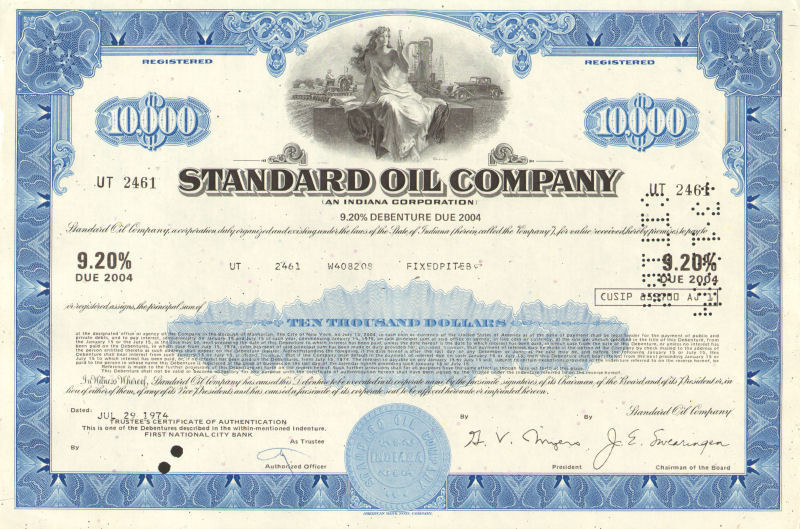
Guggenhiem offers a suite of 18 fixed income ETFs called BulletShares that offer investors a fixed portfolio of corporate bonds all maturing in the same year. Investors can choose either investment grade or high yield flavors, with maturities ranging from 2017 to 2026 (Table 1). At the end of each target year, when all bonds in the portfolio have matured, the fund will be closed and net assets returned to shareholders.
BulletShares differ from most corporate bond funds in that they hold each bond in their portfolios until maturity, whereas traditional bond funds like the iShares 1-3 Year Credit Bond ETF (CSJ) seek to maintain a relatively constant duration, even if that isn’t expressly stated in the fund’s objective. This means that they periodically sell existing holdings with less time to maturity in order to acquire new issues with more time to maturity, never actually holding a bond until maturity and getting a return of principal.
The main appeal of BulletShares is that they can help insulate investors from the effect of rising interest rates
The main appeal of BulletShares is that they can help insulate investors from the effect of rising interest rates. This helps explain how the fund suite from Guggenheim has gathered a respectable asset base of nearly $8 billion in a market dominated by larger players.
Table 1: Guggenheim BulletShares ETFs
| Year of Maturity | Corp Bonds (Invest. Grade) |
H/Y Corp (“Junk”) |
|---|---|---|
| 2017 | BSCH | BSJH |
| 2018 | BSCI | BSJI |
| 2019 | BSCJ | BSJJ |
| 2020 | BSCK | BSJK |
| 2021 | BSCL | BSJL |
| 2022 | BSCM | BSJM |
| 2023 | BSCN | BSJN |
| 2024 | BSCO | BSJO |
| 2025 | BSCP | — |
| 2026 | BSCQ | — |
Source: Guggenheim Investments
Because rising interest rates cause bond prices to fall, holding a bond to maturity is one way for investors to sidestep the effect of rising rates. The price of the bond may indeed fall in the interim, but these are unrealized losses that do not affect total returns when a bond is held until maturity. In contrast, a fund that is constantly selling bonds before maturity in the face of rising interest rates is likely to have realized losses, reducing the capital with which to purchase new bonds.
At least that’s the idea. But as usual in capital markets, things get more complicated. One small but important nuance of BulletShares’ portfolio management is that as bonds in each target date mature throughout the final year the bonds’ principal that is received by the fund is then held in cash-equivalents like Treasuries, which pay considerably lower rates. Therefore in each fund’s final year before liquidation investors should expect lower returns than they’d otherwise get from similar corporate bonds.
A second complicating factor is the size and pace of any interest rate increases. If the Fed embarks on a series of rate hikes, BulletShares should in theory decline less in price than a comparable bond fund of similar maturities purchased at the same time, since over time the BulletShares duration will become shorter and therefore less sensitive to changes in interest rates.
However, once the rate hike cycle is over, the traditional bond fund having replenished some of its portfolio with newer bonds at higher yields will likely now have a higher yield to maturity than the BulletShares fund. Depending on how long one intends to hold the fund, these higher yields compounding over time could make up for the greater price declines the traditional fund was likely to have experienced during the rate hike cycle.
Finally, termination of BulletShares funds will be treated like a sale for tax purposes, meaning if you hold these funds in a taxable account you could be getting a tax bill whether you’re ready to cash out or not. Therefore these funds may be best suited for investors saving with a very specific target date in mind such a retirement or college tuition.
How do you plan to guard against higher rates in your bond ETFs?







